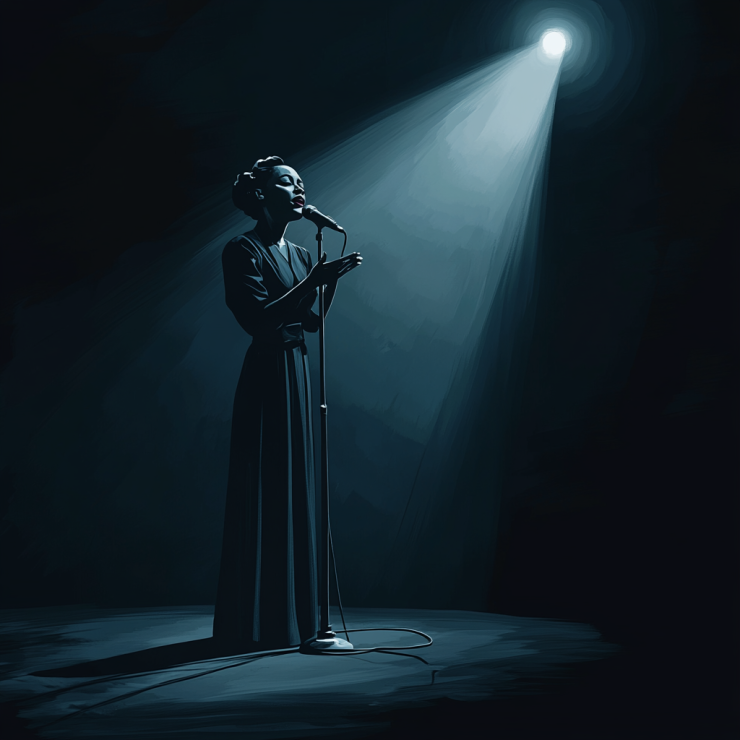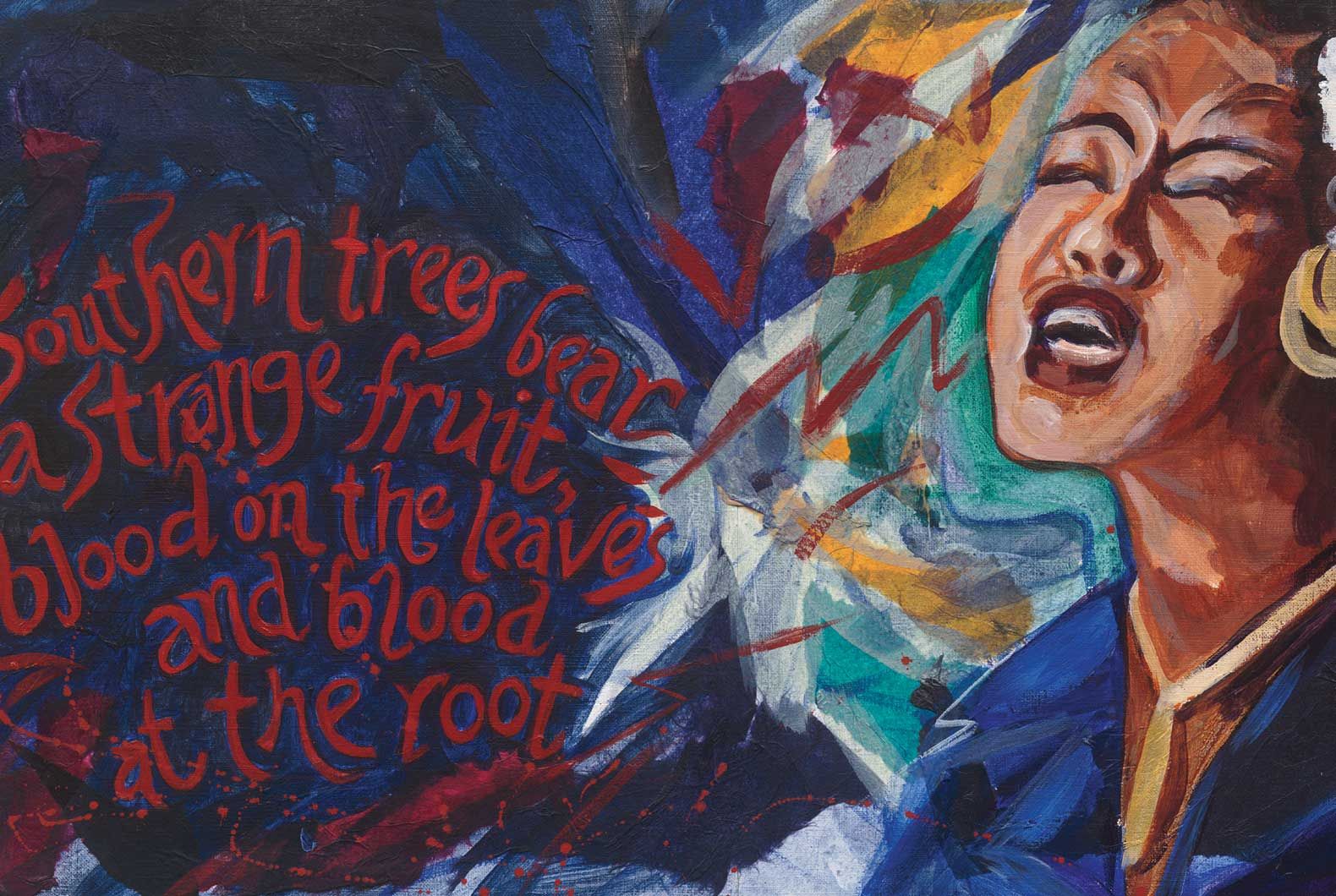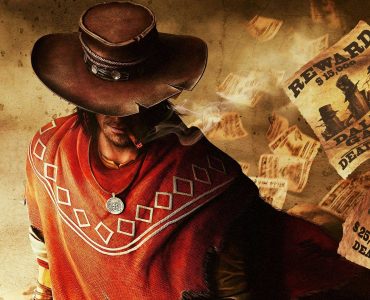Explore the powerful history of Billie Holiday’s haunting protest song, “Strange Fruit,” and its enduring impact on civil rights.
“Strange Fruit” is one of the most haunting songs in American history. Based on the poem “Bitter Fruit” by Abel Meeropol, the song confronts racial violence, specifically the lynching of Black individuals in the southern United States. Billie Holiday recorded the song in 1939, and it quickly became an iconic protest anthem in the fight for civil rights.
Abel Meeropol, a Bronx school teacher and Russian immigrant, was deeply affected when he encountered a photograph of two Black teenagers who had been lynched in Indiana. This image moved him to write the poem “Bitter Fruit,” capturing his emotions and thoughts. Meeropol later adapted the poem into a song, which he and his wife performed at protest events. It was at one of these events that Billie Holiday first heard “Strange Fruit.”
Initially, Billie Holiday was hesitant to perform “Strange Fruit” as she had never taken a political stance in her music before. However, the song resonated with audiences and soon became a powerful closing number in her performances. She would sing it under a spotlight, creating a stark, focused atmosphere. Despite its impact, not everyone appreciated the performance, and some audience members would walk out during the song. Nonetheless, “Strange Fruit” remains one of Billie Holiday’s most famous recordings, with her version still being the most recognized today.
The video below dives into the history of Billie Holiday’s performance of “Strange Fruit” and the Indiana lynching that inspired the poem “Bitter Fruit.” Released in 2015 to commemorate the song’s anniversary, this powerful video essay is a moving exploration of the song’s history.





:max_bytes(150000):strip_icc()/harry-styles02-14548565ee4844458d52aa5d589f190f.jpg)
![Nina Simone: Four Women [Musical Review] Nina Simone: Four Women [Musical Review]](https://pbs.twimg.com/media/DPai9w1VwAIogsT.jpg)
